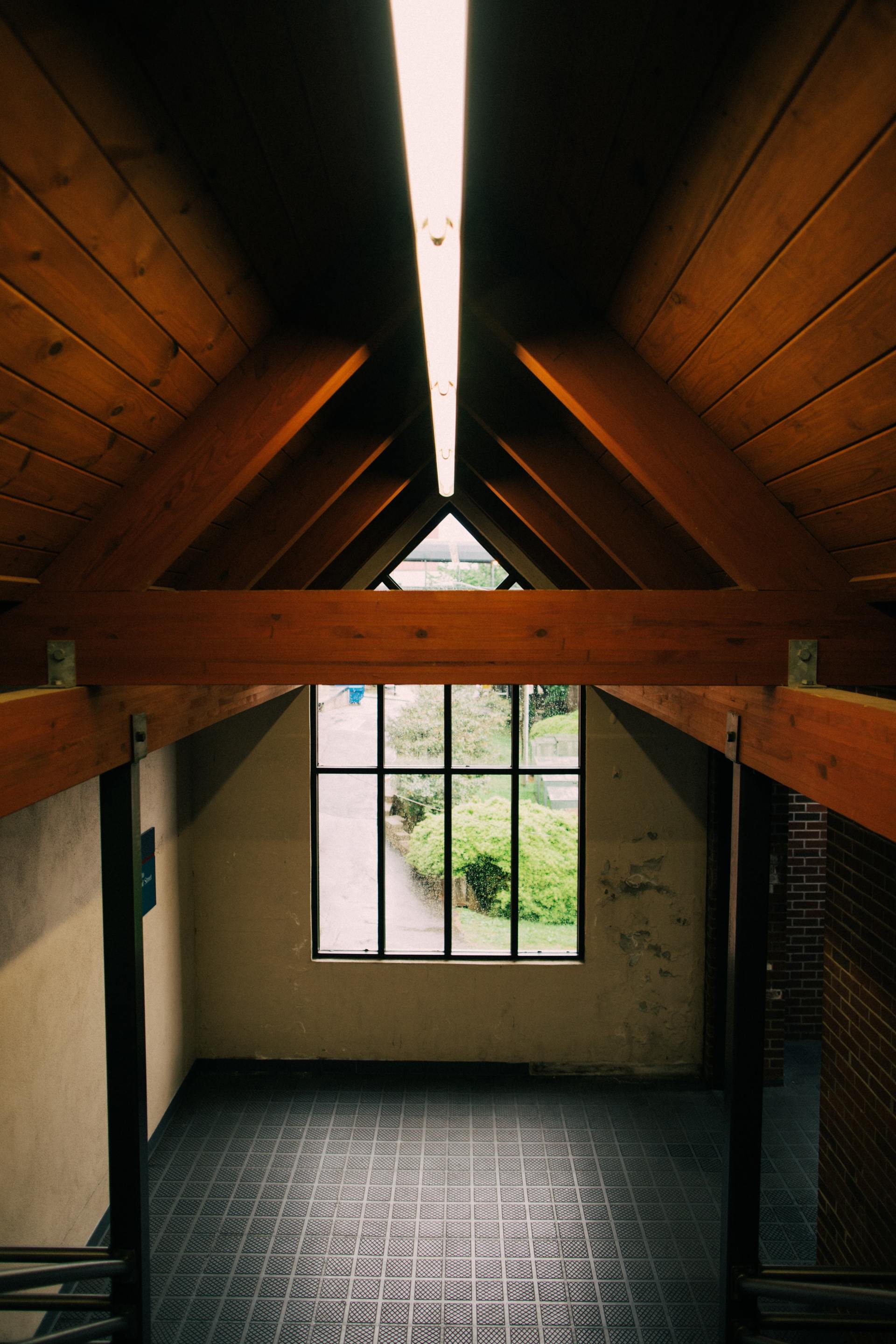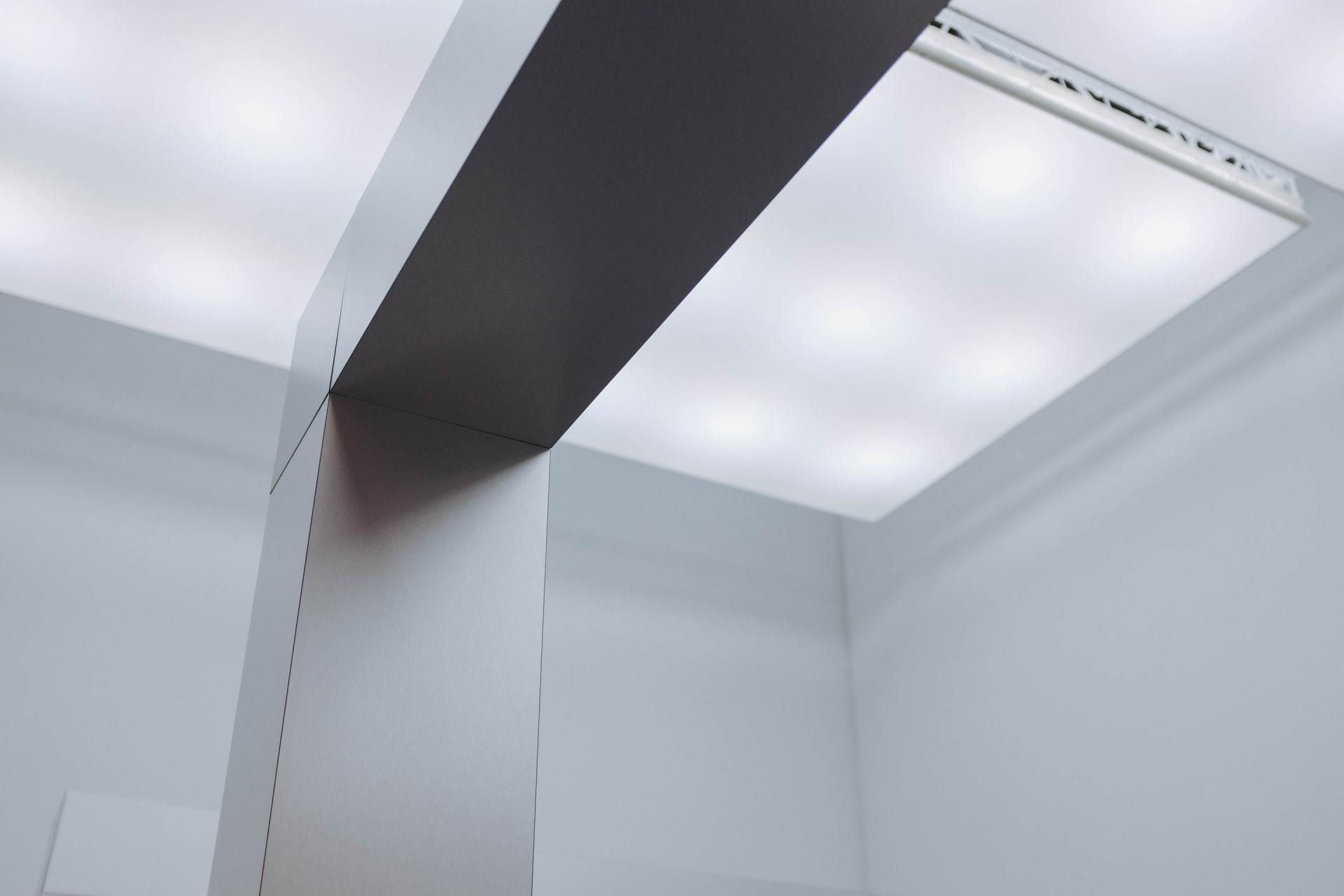CYPRESS
INSPECTIONS
Inspections are all thoroughly performed by Greg Genser, with Experience & Professionalism you can depend on since 1991.
TREC Professional Real Estate Inspector License #2962
CALL US (281) 373-1018
TREC Professional Real Estate Inspector License #2962
Get a Quote
Thank you for your interest in a price quote.
Please provide as much information as possible so that I may provide you an accurate quote.
Expert & Professional Services
Cypress Inspections' mission is to provide you the highest-quality Professional Inspection with a common-sense approach for your due diligence in making an informed decision, which I have achieved for thousands of clients like you.
ABOUT US
Accepted Payment
Credit Cards accepted through PayPal (CC payment required prior to inspection)
(CC payment required prior to inspection)
We now accept Zelle payments Submit your payments to
(281) 373-1018
(CC payment required prior to inspection)
(CC payment required prior to inspection)
Our Services
All Inspections thoroughly performed by Greg Genser, Professional Real Estate Inspector License #2962 since 1991. Whether you are purchasing a new or pre-owned home, a complete Property Inspection will meet or exceed the Texas Real Estate Commission (TREC) Standards of Practice, 535.227-535.233 and includes:
Pipe replacement
Property grading & drainage
Heating & cooling
Roof cover, flashing & roof penetrations
Thank you for considering Cypress Inspections for yourProfessional Real Estate inspection
It would be my honor and privilege to work for you. As a Professional Inspector since 1991 and Code Certified Inspector, Cypress Inspections is one of the higher-rated Inspection companies in Cypress, Houston, Spring, Tomball, The Woodlands, Katy and surrounding areas. If you do not hire Cypress Inspections, please perform your due diligence and hire the most experienced, knowledgeable Professional Inspector you interview that meets your specific Property Inspection needs. All Texas Licensed Home Inspectors are required to perform a minimum level of service as required by the Texas Real Estate Commission (TREC) Standards of Practice 535.227-535.233 , which I exceed. However, all Inspectors and Inspection companies may not provide you this minimum level of service as required by law. Please perform a thorough interview of each company you are considering.
Professional Real Estate Inspection Services includes:
- New Home Inspection
- Resale Home Inspection
- Room Addition/Remodel Home Inspection
- Condominium Inspection
- Town Home Inspection
- Vacation Home Inspection
- Apartment Building Inspection
- Multi-Family Building Inspection
- Commercial Building Inspection
- Home Maintenance Inspection
- 1 Year Home Warranty Inspection
- Home Construction Phase Inspection
- Construction Draw Certification Inspection

You purchased a beautiful lamp for the family room and realize the power supply cord does not reach a receptacle outlet. How about a kitchen appliance? You set an appliance at the desired location and a receptacle outlet is not within reach of the power supply cord. Sometimes an extension cord then becomes necessary and without giving it any thought, you have just created a home safety hazard for you and your family. The need for an extension cord in these scenarios should not have been necessary. Why, because a receptacle outlet should have been installed within reach of the appliance/fixture power supply cord. An extension cord is intended as a temporary, not permanent wiring method. Based upon the National Electric Code (NEC), locations that receptacle outlets are required include; Receptacles shall be installed so that no point along the floor line in any wall space is more than 6 feet, measured horizontally, from an outlet in that space. In kitchens, receptacle outlets shall be installed at each wall counter space that is 12 inches or wider. Receptacle outlets shall be installed so that no point along the wall line is more than 24 inches, measured horizontally from a receptacle outlet in that space. At least one receptacle outlet shall be installed at each island counter top space and at each peninsula counter top space. At least one wall receptacle outlet shall be installed in bathrooms within 36 inches of the outside edge of each basin. At least one outdoor receptacle outlet shall be accessible at grade level at the front and back of the dwelling. One receptacle outlet shall be installed for the laundry, at least one for each car space in a garage and one in hallways of 10 feet or more in length. The U.S. Consumer Product Safety Commission (CPSC) estimates that each year, about 4,000 injuries associated with extension cords are treated in emergency rooms. About half the injuries involve fractures, lacerations, contusions, or sprains from people tripping over extension cords. Thirteen percent of the injuries involve children under-five years of age; electrical burns to the mouth accounted for half the injuries to young children. CPSC also estimates that about 3,300 residential fires originate in extension cords each year, killing 50 people and injuring about 270 others. The most frequent causes of such fires are short circuits, overloading, damage, and/or misuse of extension cords. If you must use an extension cord, please follow the guidelines outlined in CPSC document #16 and be extremely careful! Greg Genser, owner of Cypress Inspections is a Texas Real Estate Commission (TREC) licensed Professional Real Estate Inspector #2962, International Code Council (ICC) Residential Combination Inspector #5186780-R5 and a Texas Master Electrician (TMEL) #12817. Visit www.cypressinspections.com for additional information.

When performing a Property Inspection for a home buyer or seller, the Texas Real Estate Commission (TREC) Standards of Practice requires an Inspector or Professional Inspector to render a written opinion as to the performance of the foundation and generally report present and visible indications used to render the opinion of adverse performance such as; binding, out-of-square doors; framing or frieze board separations; sloping floors; window, wall, floor or ceiling cracks or separations; rotating, buckling, cracking or deflecting masonry cladding. Does one 6-inch long interior sheetrock wall crack with no nominal separation, a brick cladding mortar joint crack with no nominal separation, an uneven door frame or a minor floor slope constitute adverse foundation performance? Maybe the interior sheetrock crack is due to wall stud shrinkage; the brick cladding mortar crack is due to poor mortar bonding; an uneven door frame due to poor craftsmanship; and a floor slope occurred when the concrete was set-in-place. Without performing a soils test, in general soils in the greater Houston area are expansive soils. Foundations are required to be engineered based on the foundation design for expansive soils of the International Building Code (IBC), Chapter 18, Section 1805 that states; Footings or foundations placed on or within the active zone of expansive soils shall be designed to resist differential volume changes and to prevent structural damage to the supported structure. Deflection and racking of the supported structure shall be limited to that which will not interfere with the usability and serviceability of the structure. Foundations placed below where volume change occurs or below expansive soil shall comply with the following provisions: 1. Foundations extending into or penetrating expansive soils shall be designed to prevent uplift of the supported structure. 2. Foundations penetrating expansive soils shall be designed to resist forces exerted on the foundation due to soil volume changes or shall be isolated from the expansive soil. What does this mean? Per IBC Chapter 18, Section 1805 foundation movement can occur and cause cracking to interior and exterior walls, so as “to prevent structural damage to the supported structure.” Keep in mind that interior sheetrock and exterior claddings are not structural. Structural damage would be to the wood frame (most common form of construction in the greater Houston area). “Deflection and racking of the supported structure shall be limited to that which will not interfere with the usability and serviceability of the structure.” I interpret “usability and serviceability of the structure” as capable of opening all doors and window frames without binding or walking across the foundation floor without feeling like it has a down-hill slope or bulge that would effect usability or cause a trip hazard. Too often an Inspector or Professional Inspector observes one or more deficiencies and recommends client consult a Structural Engineer without reporting their professional opinion of foundation performance; an opinion which is required by TREC. Hiring an experienced Professional Inspector to evaluate the foundation performance can give you peace of mind and save you money. Greg Genser, owner of Cypress Inspections is a Texas Real Estate Commission (TREC) licensed Professional Real Estate Inspector #2962, International Code Council (ICC) Residential Combination Inspector #5186780-R5 and a Texas Master Electrician (TMEL) #12817. Visit www.cypressinspections.com for additional information.
A Complete Home Inspection or Commercial Building Inspection includes:
- Foundation Inspection
- Roof Inspection
- Structural Inspection
- Electrical Inspection
- Heating Air Conditioning and Ventilation Inspection
- Plumbing Inspection
- Appliance Inspection
- Swimming Pool Inspection.
Detailed & Thorough Home Inspection Reports emailed same day
General Liability, Errors & Omissions Insurance Coverage for your protection
Supra Key for electronic lockbox for Scheduling Convenience
Contact Us
2285, 12714 New Cypress Dr,Cypress, Texas 77429United States
(281) 373-1018(accept calls and texts)
gtg@cypressinspections.com
Business Hours
- Mon - Fri
- -
- Saturday
- -
- Sunday
- Closed


















